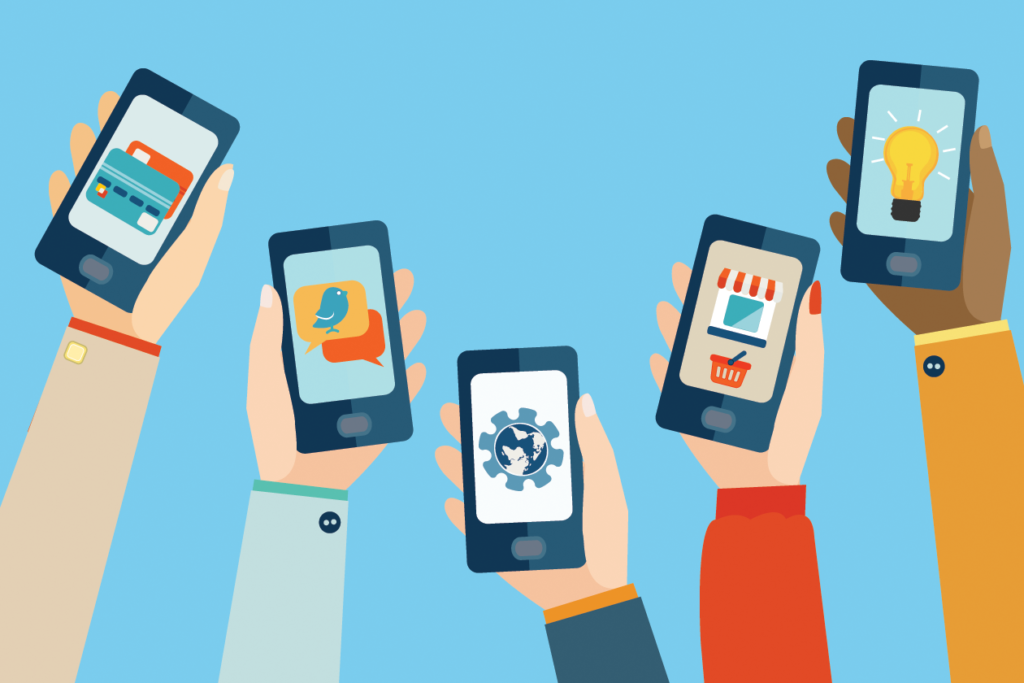M+E Connections

Media, Marketing Need to Remember, It’s Not Really Social
Story Highlights
Businesses, especially in the media and entertainment industry, are running so fast, trying to catch the next great thing that they’ve lost sight of the reason they’re in business: the customer.
Nearly every firm is so focused on using the newest “really effective consumer super tool,” they lose sight of the fact (or never really understood) that people don’t buy what you do. They buy what supports the reasons they want/need that product/service.
Rational? Hell no, but who ever said consumers were rational?
We’re setting up departments to handle the internet, to handle individual segments of the web, Internet of things IoE internet of everything based on their emotions … don’t be left behind, brag about how with it you really are.
 In the rush, we’ve become so compartmentalized, so departmentalized that all management sees is what they do and how they do it, rather than why they are doing it!
In the rush, we’ve become so compartmentalized, so departmentalized that all management sees is what they do and how they do it, rather than why they are doing it!
Today’s organizations are overflowing with experts in social stuff telling us how well their thing connects, engages with the consumer. Like wolves, the first thing they do is establish/mark their turf!
Simply stated, the internet of choices will kill businesses.
But let’s run the numbers:
• 7 billion-plus people on the planet
• 4,500-plus firms listed on global stock exchanges
• 125 million-plus companies globally
• 99 percent of the firms are small-medium businesses
That means there are 56 customers — assuming everyone gets their fair share — they need to identify, reach, inspire. How hard can that be?
Obviously, pretty hard. But it shouldn’t be.
A recent CivicScience study found most of us are nearly always connected, can always be reached. Whether it’s a laptop, desktop, smartphone, tablet or TV; 70 percent of us are usually connected, 50 percent of us never unplug and only about 17 percent really take a break.
And it isn’t passive.
Our internet protocol address, social media pages and the thousands of free/freemium apps we download give companies more than they need to produce sales but still … they can’t hit the target.
Marketers sorta’ try with behavioral targeting – if someone looks at something but doesn’t buy, show them a relevant ad to give them “another chance.” If they buy, show them a product that will enhance that experience.
The problem is, people:
• Don’t buy your product for your design, your image of what it will do
• Don’t care about your content, your TikToks, your tweets
• Make buying decisions for emotional reasons – the why of the company that aligns with their personal why — and use the logical reasons, what it is, how it works to justify those decisions
Unfortunately, marketing folks think their engagement efforts are more important than the consumer does. Just because folks are following your social media stuff doesn’t mean your marketing is successful … you don’t know what you don’t measure.
 People are smarter than marketing and communications types give them credit for.
People are smarter than marketing and communications types give them credit for.
They really think customized and personal means … customized and personal! As long as the relationship is a true reflection of them, they’ll hang around.
When the messaging becomes focused on you not them … BAM!! outta’ here!
Don’t believe marketing is “disconnected?” Consider the fact that 49 percent of the guys/gals who hustle this stuff think that ad forwards/shares has something to do with how well they’re engaging with folks.
Consumers? Oh, about 15 percent think they have any skin in the game when they share an ad.
So much for that happy face on the tweet report you send to your boss. Your “personalized” contact isn’t resonating with the consumer! All it says is that consumers are people — creatures of habit — and they come back without thinking, but they want something in return.
That’s right, consumers aren’t into all the business social media just because it’s in vogue. They’re there for the stuff.
The challenge (opportunity) for marketing is to pull up your big boy/girl pants and develop an experience that matches their tastes … not yours. If they’re a hardcore gamer, give ‘em the images, talk to them in their tough-as-nails action language. If they’re a creative person who produces brilliant video content, then be sophisticated instead of screaming weekend specials.
Since there’s a huge divide between consumers and companies/brands/products, marketers wonder why their consumer connection is so fleeting.
Nothing personal, but your engagement efforts aren’t personal.
People on the hunt for a product or service visit your site or stop by your social media efforts for validation. If you don’t have them, you must have something to hide, don’t know what they want or you simply don’t give a crap.
That’s difficult to believe when a McKinsey report a few years ago said that the average company had more consumer data in their CRM (customer relations management) database than the Library of Congress.
The places you use – Facebook, Google, Instagram, LinkedIn, Pinterest, Twitter – get it because they have more people in sales than in mining the information they scrape. These touchy/feely folks know there’s an app for that.
They know it’s not about the individual silos of corporate social media, advertising, shows/events, publicity or any of the individual marketing/communications tools.
For them, it’s a totally integrated effort that moves smoothly, seamlessly across every outreach, every contact activity and shares information across all segments of the organization to close the deal.
For your target — the consumer — it’s personal.
 The McKinsey report noted that 40 percent of the company execs didn’t have a clue as to who “owned” their digital program(s), their targets or how they were being measured. There was no accountability.
The McKinsey report noted that 40 percent of the company execs didn’t have a clue as to who “owned” their digital program(s), their targets or how they were being measured. There was no accountability.
If that sounds familiar then perhaps the money, time and people could be used more effectively somewhere else in the customer buying process cycle.
You know, selling stuff!
Selling isn’t an entity separate from marketing, social media, communications or other internet tools. The internet just made it tougher because of the multitude of confusing, conflicting messages consumers receive.
We’re now told you have six seconds to engage, interest the consumer.
That means the right content for the right consumer on the right platform at the right time.
Preferably … now! The world is increasingly commoditized, and consumers know how to cut you out faster than you think.
It’s all about their survival … not yours.
Andy Marken [email protected] is an author of more than 800 articles on management, marketing, communications, industry trends in media and entertainment, consumer electronics, software and applications.









